What is the one thing almost everyone wishes they had more of? Money. The blood of consumerism and a key motivator for many. And while some may claim that money can’t buy happiness, others retort that it’s better to cry in a mansion than studio apartment.
Standard Measures

Of course, the easiest way to track who earns the most money is to break it down by occupation. The harder the job, the more effort needs to be rewarded. This approach will only carry the discussion so far.
Far From Ideal
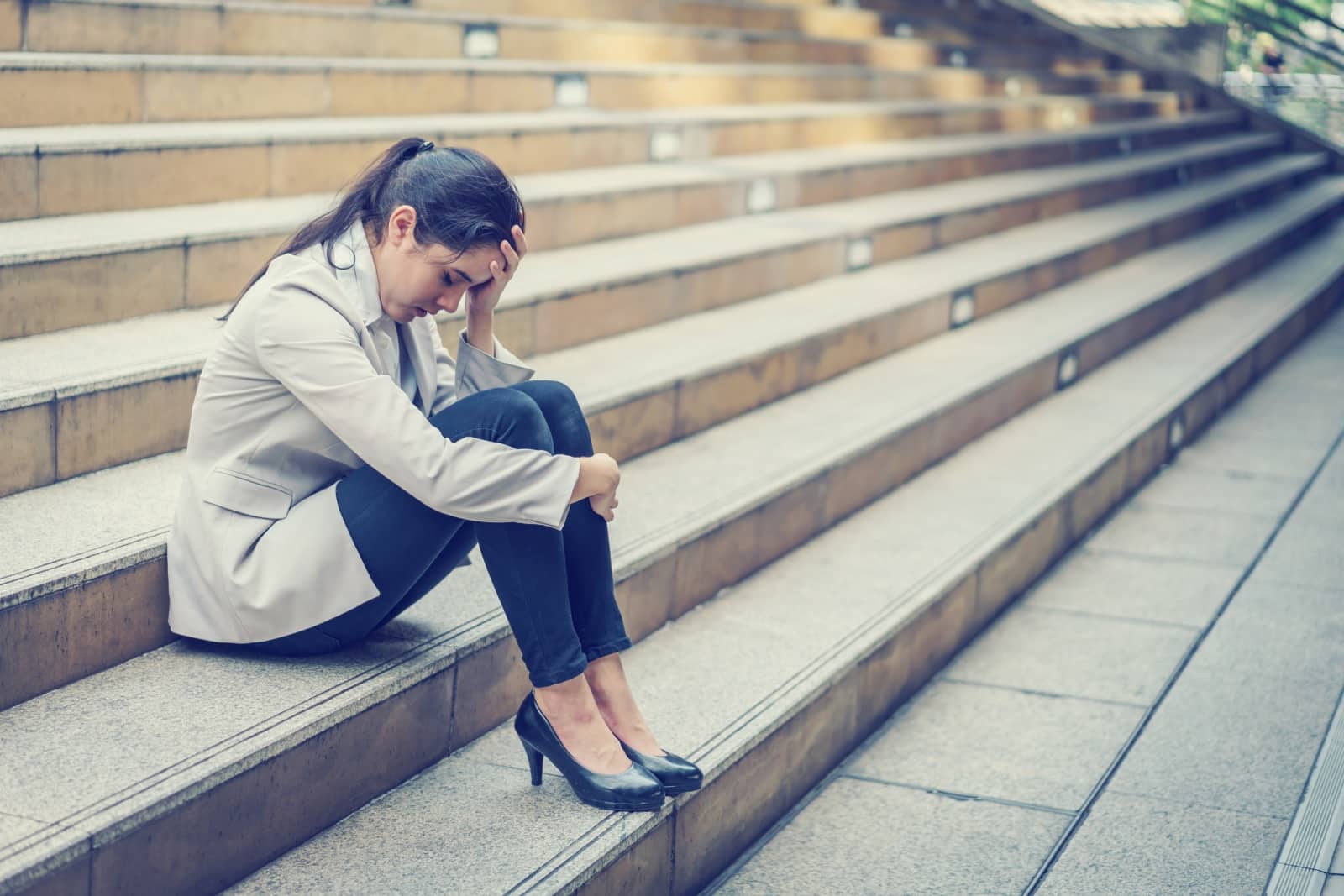
The truth is social factors do come into play when assessing how much an individual can earn. It may not be ethical, but it is sadly how the system works. Many are familiar with the narrative of the glass cliff, but is there any credence to this applying to the LGBTQ+ community?
New Data Available

Thanks to data collection from the Federal Reserve Board and Census Bureau, the public can easily access the numbers to understand where these drawbacks may come from. The Census Bureau notes that significant gaps in earning between straight adults and their queer colleagues.
Less Pay, Lighter Wallet

One of the key takeaways from the federal reports show that queer adults had weaker financial portfolios on average. This includes not just lower income, but also lower rates of investment and smaller savings amounts.
Long-term Effects

Having strong finances and better credit are a standard segue to larger milestone purchases, like cars and housing. In the federal assessment, data suggests that LGBTQ+ individuals are far less likely to own property.
A Rainbow Glass Ceiling

A majority of the statistics showing discrepancies point to female same-sex couples being among the most monetarily marginalized. The Census Bureau’s Survey of Consumer Finances detailed the specifics.
Sexism in Stipends
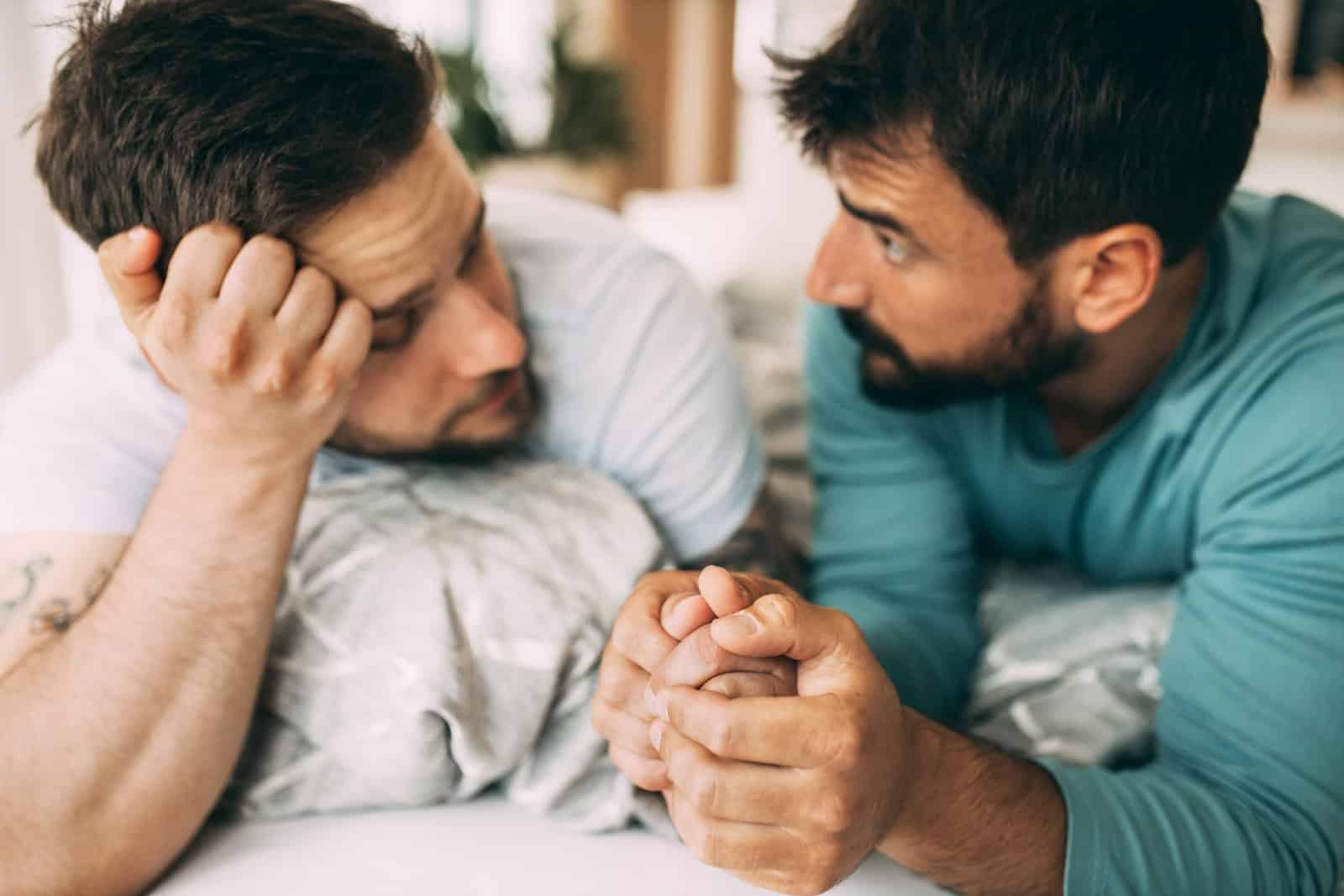
Female same-sex couples had a median income of around $82,000 spanning from 2013 to 2019. This is not even half of the median income for heterosexual couples, marking in at around $185,000 within the same fiscal timeframe.
No Place Like Home

Tying into other aspects of monetary portfolios, The Census Bureau’s Household Pulse Survey calculated that 44% of LGBTQ+ adults were classified as homeowners in 2021. This is a drastic decrease from straight couples, in which 68% of them had property of their own.
Left Unsupported

Queer female households ranked as the most disproportionately underpaid demographic in the study. Even when compared to the statistics of single men of any sexuality, earning was found to be unequal. The median household income was $48,000 for men living on their own.
Gay Marriage Not Giving Benefits

The earning for female same-sex couples figures out to be exactly double the amount of single women households. This proves a lack in financial “bonuses” that are usually given to heterosexual or male same-sex couples.
Bisexual Males in Danger

This is not meant to say that male same-sex couples are at a disadvantage. Data from the Federal Reserve Board’s Survey of Household Economics and Decision-making showed that specifically bisexual men were hit the hardest in the male category.
Why the Gap?
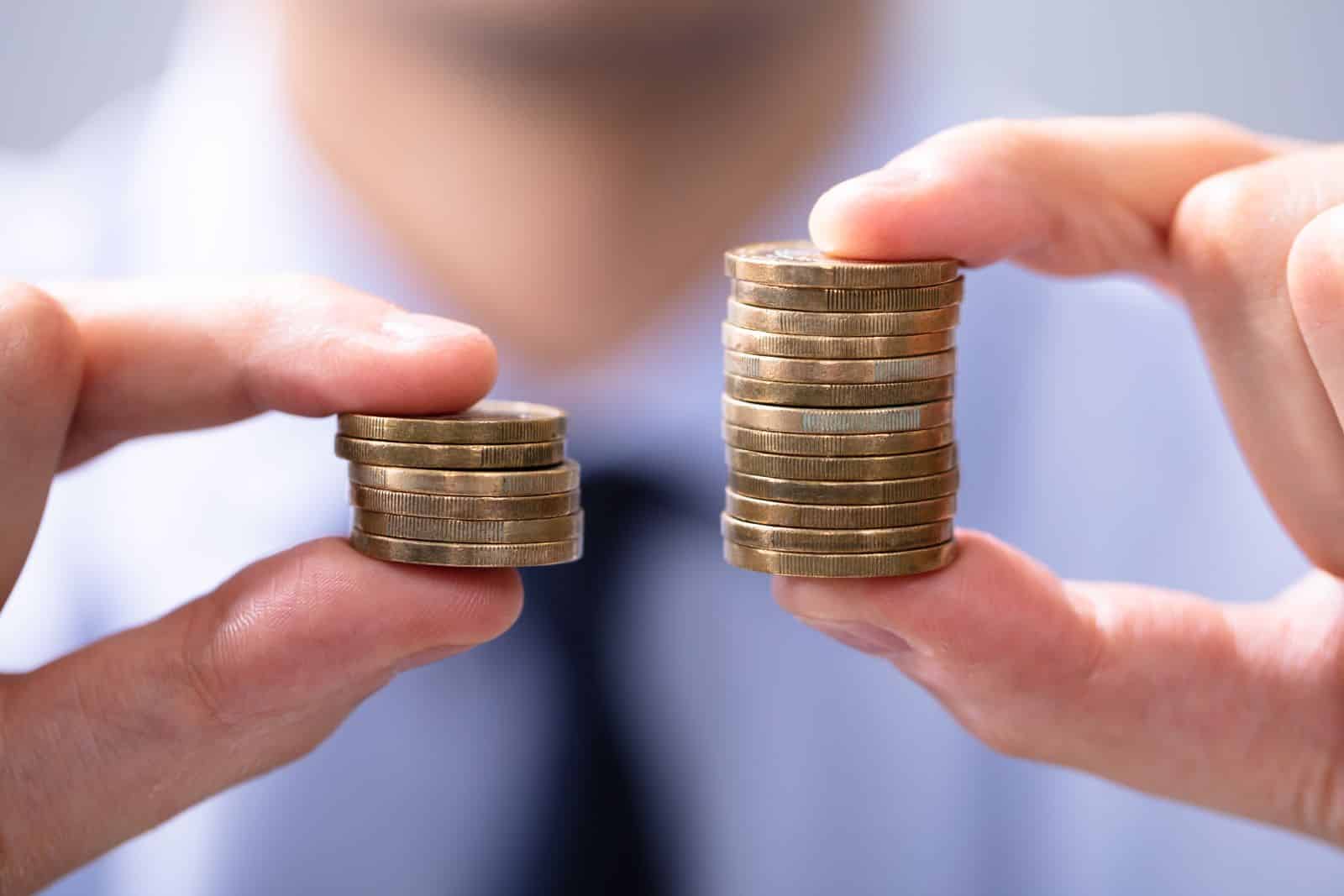
Around 52% of self-identifying bisexual men make an annual income less than $50,000. This is a stark contrast to their gay and straight counterparts, who hold a value of about 41% each. It is unclear what causes such a significant gap, but a similar case is found for bisexual women as well.
What About Trans People?

In regard to those who identify as trans, the numbers are a little more tricky to acquire. Due to increasing political persecution, many trans people may opt out of disclosing their gender identity, in fear of being targeted by government entities.
Taking a Toll

Earning cases like this can have catastrophic long-term impacts on financial wellbeing. Wealth from base income is the number one contributing factor to financial stability. With better stability, households have better chances at recovering from unexpected burdens and emergencies.
Mindful of Money
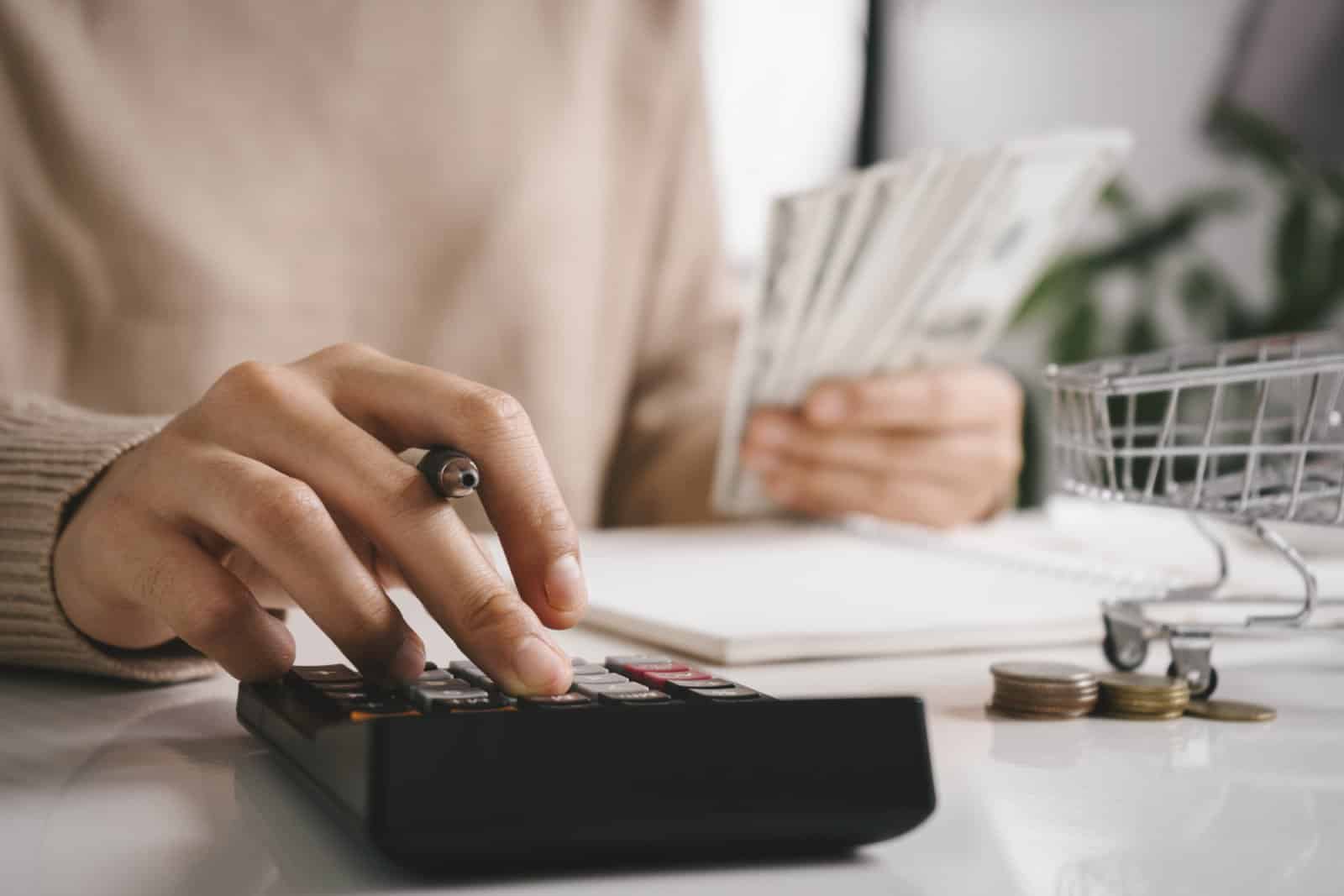
Living with a tight grip on one’s wallet can lead to steep mental health decline. It may not set in immediately, but rather creep in from years of wear. This may be an additional reason as to why LGBTQ+ people have a risk for mental health disorders like depression and anxiety.
Adverse Mental Health

Queer people are more than two times as likely to poor mental health. While money may just be one contributing factor, it certainly worsens other forms. Those living in unaccepting areas may not have the finances to escape to more expensive, queer friendly locations.
Rest Uninsured
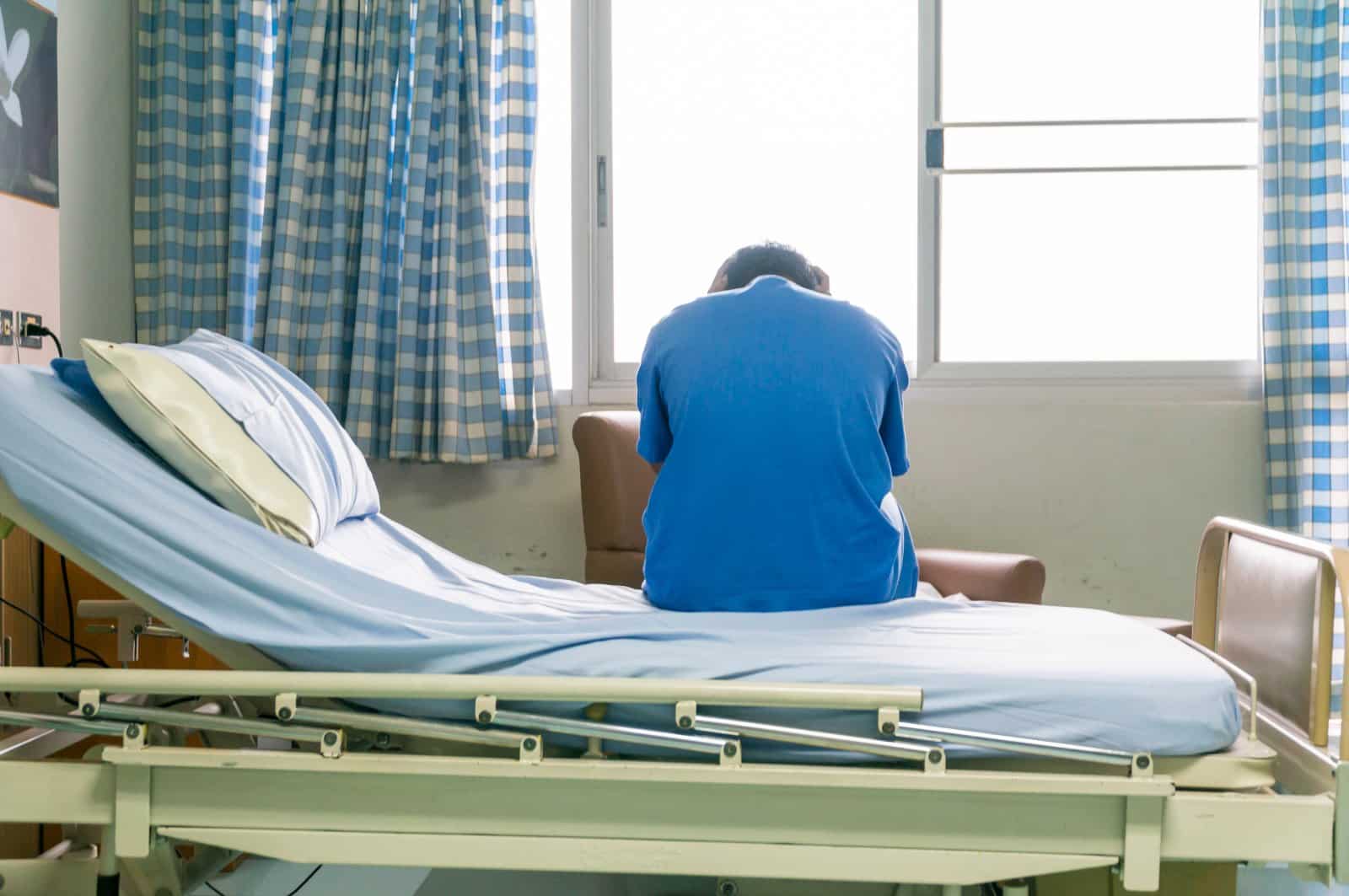
Additionally, money is the main pathway to receiving quality treatment for psychological disorders. Insurances are attempting to be inclusive, but they may not factor in immediate, intensive, or specialized care that is frequently out of network.
The post The Queer Financial Crisis – An Economic Struggle first appeared on Pulse of Pride.
Featured Image Credit: Shutterstock / insta_photos.

